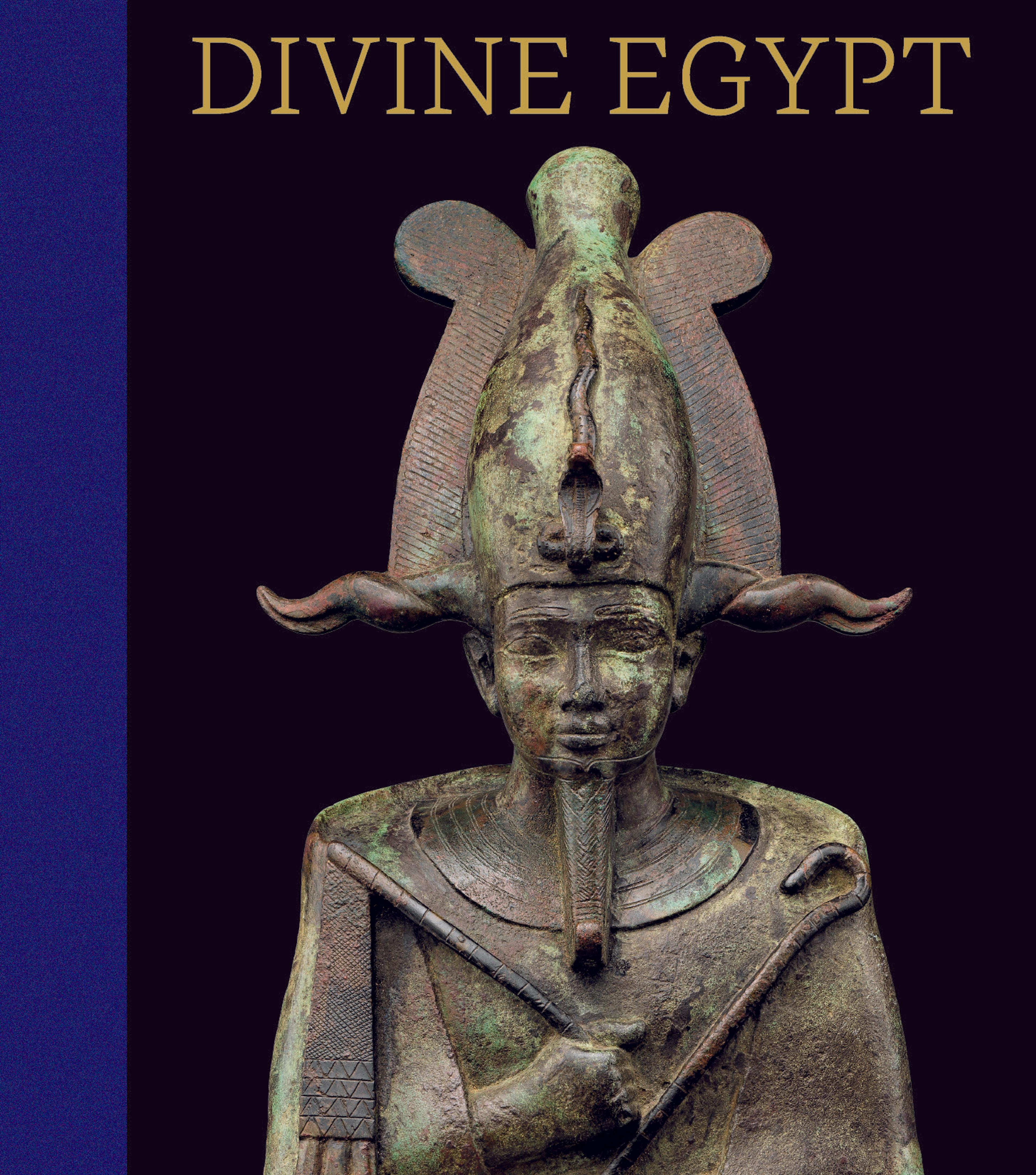Painting of Ramesses IX before the barque of Amun from the tomb of Imiseba
Some of the most important individuals of the late Ramesside era chose to associate their mortuary cults very closely with certain long-extant sacred areas; for example, one such person integrated his tomb with that of Queen Ahmose-Nefertari, a figure of the greatest devotion. As Imiseba’s stature was somewhat more modest, he did not have access to such restricted structures. Instead, Imiseba, who was overseer of priests in the Domain of Amun and a third-generation chief archivist of Karnak Temple, took a related but innovative approach. He reemployed the unfinished eighteenth-dynasty tomb of one Nebamun and in the transverse hall created an evocation of a royal memorial temple with the aid of the artist Amenhotep, well known from the Deir el Medina crew.
This grand scene depicts Ramesses IX censing before the bark of Amun, at rest at a bark station along its route from Karnak to the West Bank during the Festival of the Valley.
This grand scene depicts Ramesses IX censing before the bark of Amun, at rest at a bark station along its route from Karnak to the West Bank during the Festival of the Valley.
Artwork Details
- Title: Painting of Ramesses IX before the barque of Amun from the tomb of Imiseba
- Artist: Nina de Garis Davies (1881–1965)
- Period: Twentieth Century; original New Kingdom, Ramesside
- Dynasty: Dynasty 20
- Reign: reign of Ramesses IX
- Date: 1936; original ca. 1126–1108 BCE
- Geography: Original from Egypt, Upper Egypt, Thebes, Tomb of Imiseba (TT 65)
- Medium: Tempera on paper
- Dimensions: Facsimile: H. 65.5 × W. 131 cm (25 13/16 × 51 9/16 in.);Scale: 1:4;Frame: H. 68.7 × W. 135.1 cm (27 1/16 × 53 3/16 in.)
- Credit Line: Rogers Fund, 1936
- Object Number: 36.4.1
- Curatorial Department: Egyptian Art
More Artwork
Research Resources
The Met provides unparalleled resources for research and welcomes an international community of students and scholars. The Met's Open Access API is where creators and researchers can connect to the The Met collection. Open Access data and public domain images are available for unrestricted commercial and noncommercial use without permission or fee.
To request images under copyright and other restrictions, please use this Image Request form.
Feedback
We continue to research and examine historical and cultural context for objects in The Met collection. If you have comments or questions about this object record, please contact us using the form below. The Museum looks forward to receiving your comments.
